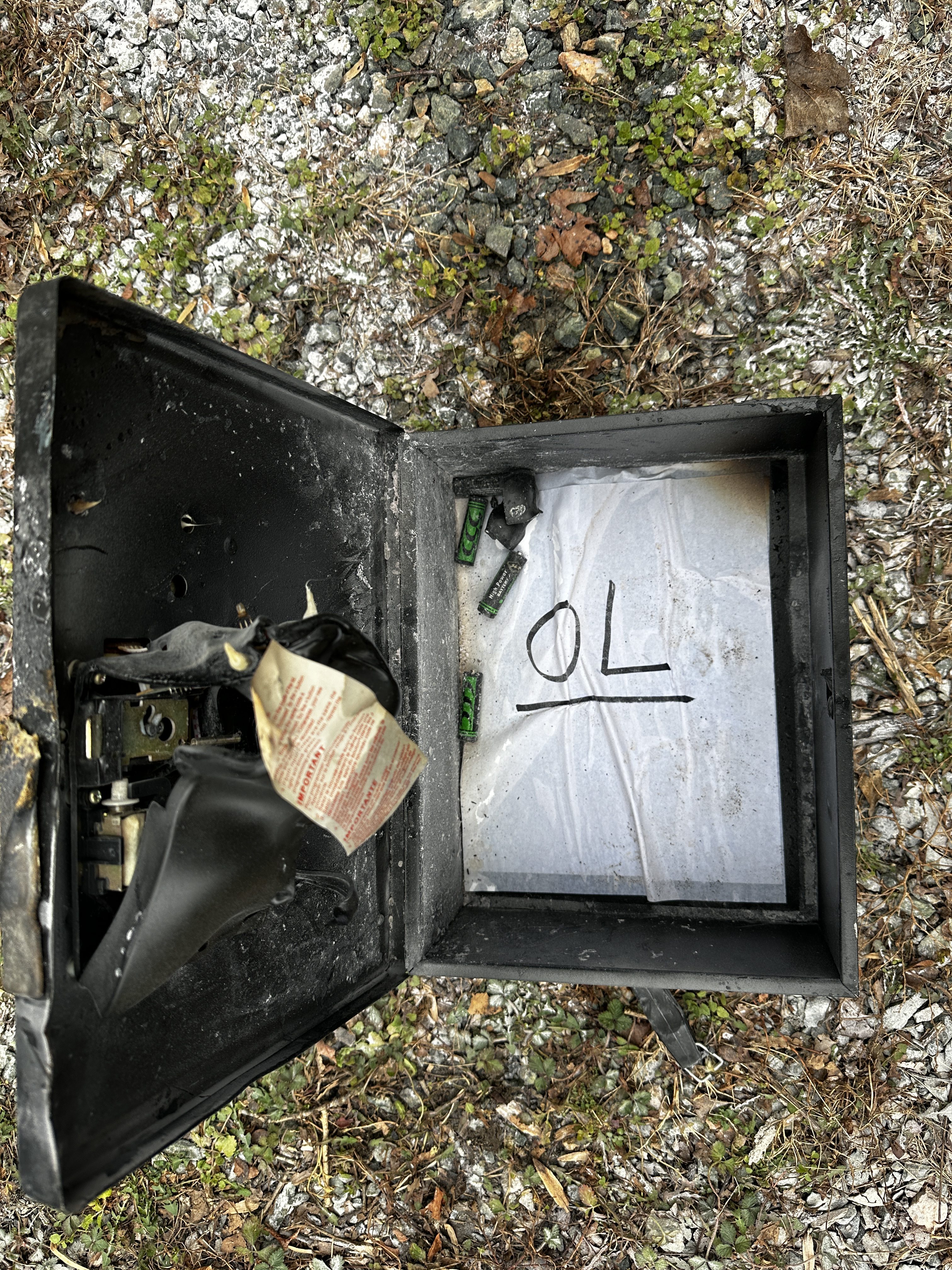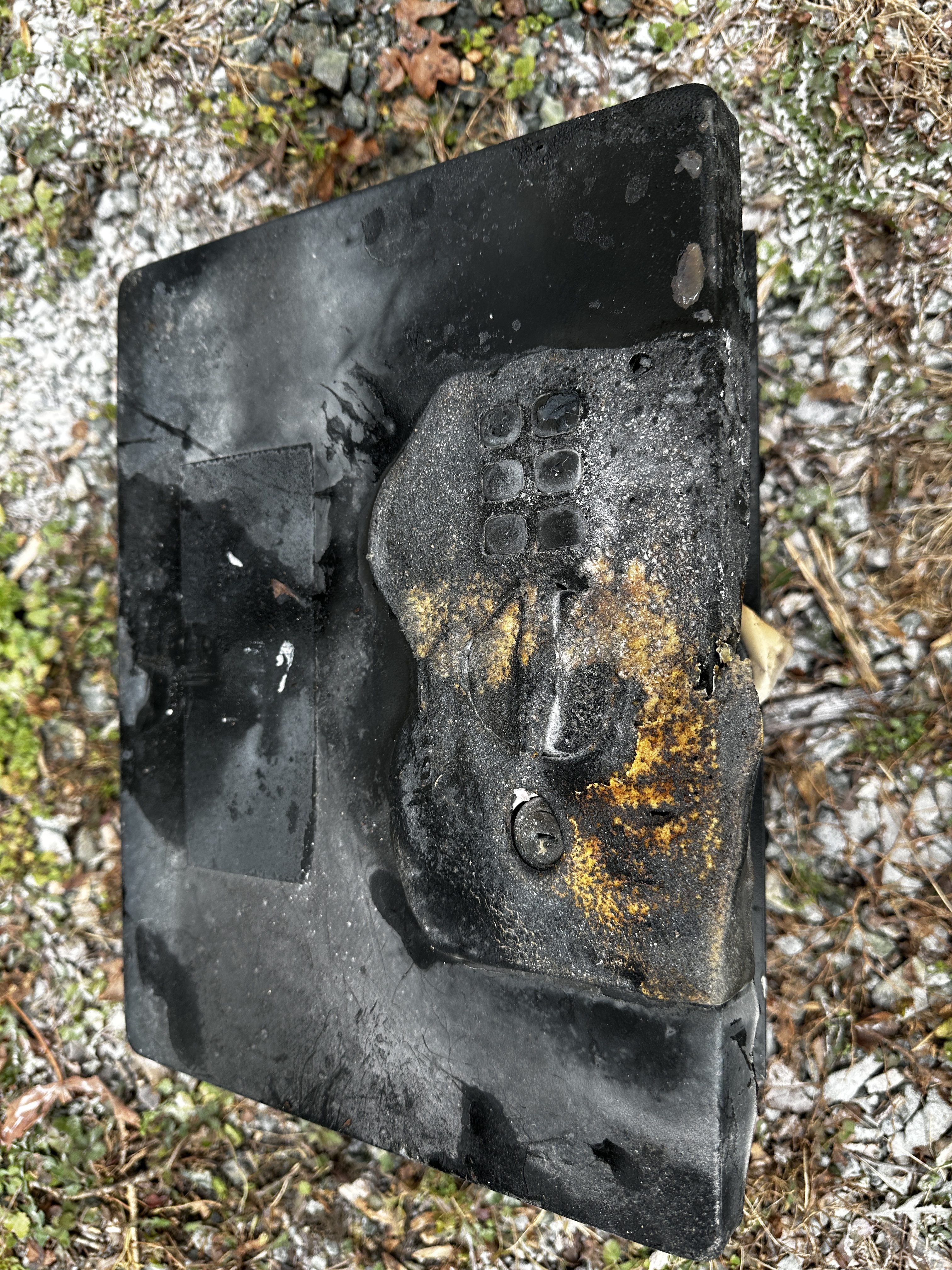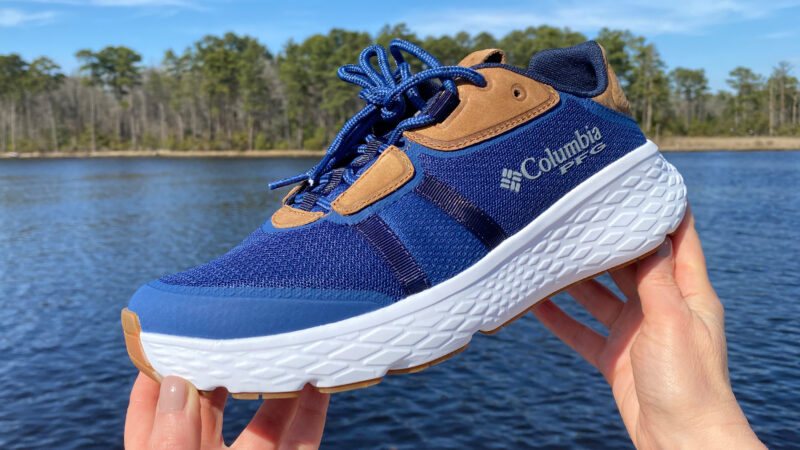Buying a Gun Safe? Read This Advice from a Professional Safecracker First
A masked burglar enters someone’s home and expertly uses gadgets to guess a safe’s combination. They pop the safe, empty it, and slip away without anyone the wiser.
That sort of theft is depicted in most movie scenes, but that isn’t how thieves are opening safes in 2024. Today’s criminals are less sophisticated and more brazen. So we have to reconsider how we choose safes to protect our guns.
I interviewed safecracker Charlie Santore of Santore & Son Lock & Safe to get his perspective on safe security. Santore is the guy people call when they’re locked out of their own safe, often after a fire or after someone has tried breaking into it. He has also worked with law enforcement to open safes after attempted robberies. When he’s not cracking safes, Santore services them. That means he’s had hands-on experience with a lot of safe models. Here’s what he had to say about choosing a gun safe that’s theft- and fire-resistant.
Real Talk on Safe Security
The lock is one of the first features most people look for when choosing a safe. You can choose between an electronic combination, a biometric mechanism, a low-tech dial, or a key. While the lock plays a role in convenience and security, it’s not as a big of a barrier to entry as you think. The locking mechanism for your safe is only as secure as the safe’s construction, Santore says — just like the lock on your front door.
“If you put that $500 lock on a wood frame door that has a glass panel, it doesn’t matter because someone’s going to put a brick through it, stick their hand in, and open up that lock,” he says.
Santore stresses the importance of thinking beyond the lock and safe door. The sides are just as, if not more, vulnerable to forced entry.
“In the modern wave of burglary and crime, people don’t run around manipulating safes open,” he says. “[Yes] there are sophisticated tools that can scrub electronic locks. These tools exist, they’re out there, and some people have access to them. Most people don’t. Most burglaries right now are people using cutting wheels, abrasive tools, grinders, concrete saws, and that kind of stuff. So at the end of the day, a secure lock winds up being a very small part of a bigger problem.”
Cheap angle grinders with abrasive wheels are the most common safe-breaking tool, says Santore, because most consumer safes have walls made of drywall (for fire protection) and thin steel, which can be cut through in minutes.
If you look at most gun safes, even the pricey ones, they’re made of 14 to 7 gauge steel. Consider that 7 gauge steel is only 3/16-inch thick and 14 gauge is even thinner at 5/64-inch thick. So you can see how it wouldn’t be difficult to cut through that steel and make a new door.
Safes can receive a burglary rating by getting tested against various types of tools. These ratings designate different levels of security and are important for insurance because companies can put limits on the amount they’ll insure your items for based on the safe’s rating (especially for businesses). There are a lot of designations and varied testing protocols for each rating. You can read about them here.
Basically you want to avoid safes that have a B, C, or B/C rating because no testing is required. Those ratings just mean the safes are metal and have a lock. Instead, look for safes with a UL RSC, TL-15, TL-30, TL-30X6, or TRTL-30X6 rating. Those mean the safe can protect your guns against different type of attacks for set amounts of time. For example a TL-15 is tested to hold up against a 15-minute attack from hand tools like sledge hammers and pry bars. There are also build standards for each rating. Like the TL-15 must be at least 750 pounds and the walls must have a minimum tensile strength of 50,000 psi.
What to Look for in a Safe
- Thick steel walls
- A burglary rating
- Ability to be bolted down
What’s the Most Secure Safe You Can Buy?
We now know that most safes you can buy at a big box store can be cut open with cheap tools. Let’s say you have some really valuable guns that you want to protect. What safe do you buy? Santore says the most secure options are jeweler’s safes. He says to expect to pay $10,000 to $25,000 for a TRTL-30X6 rated option. TRTL stands for torch and tool, and a TRTL-30X6 can withstand a 30-minute attack from hand tools, picking devices, handheld power tools, pressure devices, high speed drills with carbide bits, cutting wheels, saws, impact tools, and cutting torches on all six sides of the safe.
Are Portable Pistol Safes Worth It?
Small, portable safes are a popular option for taking on the road or keeping in a drawer. But do they do anything to protect the items inside? According to Santore it depends on the safe’s purpose.
“Does it serve its function of keeping the gun out of the hands of kids, and keeping you compliant with federal law or local law? Then absolutely, it does its part. But does any of that shit stop anybody from stealing your guns? You know, I would say, probably not,” he says.
Just like the larger safes, pistol safes can be opened with cutting or prying tools. This can occur in your home or they can be carried off and opened elsewhere.
How to Improve Your Safe’s Security
Most of us can’t shell out five digits for a proper safe, so if you want to increase the security of your consumer-grade option, Santore has some tips. Since the door is the most fortified part of the safe, you want to focus your efforts on layers of security around the walls.
“If you can only afford a mid-range gun safe, which doesn’t have a whole lot of metal in that body, then you want to make sure that the sides of the safe are hard to access,” he says. “Bolt it down in the corner of a concrete wall. Build cabinets or build other stuff around it. Just make it difficult for somebody to get to your safe.”
He also says an alarm system and keeping a safe in a room with a locked door will add layers of security.
Fireproof Safes
Even if your dreams of stopping criminals with a gun safe have been dashed, you might still be holding out hope it will at least protect your belongings from fire. The reality is that it depends on the fire’s duration and intensity. Santore lives in California, where he’s often hired to open safes that have endured devastating forest fires.
“I typically tell people if you’re expecting your stuff to make it out of a fire — like a serious, serious fire — don’t. If you’re in a place where there’s a raging fire, and no one’s gonna get out there for hours or half a day? I don’t care whether the safe is rated for hours, it’s just not going to make it out of there,” Santore says. “If you’re in a residential area, and the fire department gets there in 10 minutes, your stuff is probably going to be fine. There might be some smoke damage, but it’s gonna be fine.”
If you’re concerned about fire, Santore doesn’t recommend a solid steel safe. Look for a composite construction that has some type of fire retardant insulation.
“A lot of them use a fire-activated door seal that, when it heats up, it expands and seals it off from heat and smoke,” he says. The seal also prevents water from entering the safe.
Testing a “Fireproof” Safe
Going off the standard structure fire response time of less than 11 minutes, I put a cheap safe ($41) into a fire for ten minutes. This particular safe states a fire proof rating of 20 minutes at an unspecified temperature. A little diesel fuel, wood, and fire starters got the blaze going and it wasn’t long until the plastic components started melting. Then I heard pops coming from inside the safe, which I later found out was the batteries. At 10 minutes, the safe was looking crispy and the plumes of black smoke had my neighbors concerned. So I used a fire extinguisher and a bucket of water to put out the fire.


Opening the lock conventionally wasn’t possible because it was melted, but a pry bar opened it in seconds. The piece of paper on the inside was burned in one corner and it was fully saturated with water. The water got inside the safe because as the plastic components connecting the door melted, it revealed holes. If that had been an important document it would have been ruined by even this small fire and the water used to put it out.
The big takeaways are that a cheap safe isn’t much protection against fire or theft. It’s best to stick with safes that have gone through serious testing to achieve a fireproof rating from a reputable lab.
Fireproof Ratings
You’ll see safes listed with a fireproof rating for a specified temperature and amount of time. These ratings are either done by independent labs or two popular certification companies: Korea Industrial Standards and Underwriters Laboratories.
While the exact testing differs, the basic idea is that a safe is placed into a burn chamber where the temperature reaches 1,350 to 2,000 degrees Fahrenheit. A temperature probe inside the safe measures how long it takes for the internal temperature to reach 350 degrees. For perspective, paper will char at 387 degrees and combust at 450 degrees. I’d also worry about polymer pistols around 450 degrees.
Korea Industrial Standards and Underwriters Laboratories go beyond fire endurance and include impact and explosion resistance tests. The UL test is considered the most rigorous and I recommend looking for safes with their rating.
Here are the highlights of the UL testing protocol:
UL has several rating scales but their 350 scale is the standard.
- UL 350/One Hour Rating: The internal temperature of the safe doesn’t exceed 350 degrees when it is exposed to 1700 degrees for one hour.
- UL 350/Two Hour Rating: The internal temperature of the safe doesn’t exceed 350 degrees when the safe is exposed to 1850 degree temperatures for two hours.
They also put paper inside the safes and the papers must be undamaged for a safe to achieve a rating. Consider that a house fire typically burns at 1,100 to 2,000 degrees, and can reach over 1,000 degrees in just 4 minutes. So these safes are being tested at the upper end of that range.
The explosion test sounds really cool, but the goal is for there to not be an explosion rather than subjecting the safe to an explosion. Yes, safes can explode when subjected to sudden intense heat due to pressure buildup or the insulation material used. UL puts a safe into a 2,000 degree furnace for 30 minutes and, if no explosion occurs, it’s inspected for damage.
Manufacturers can opt into an impact test.
Within two minutes of the safe being exposed to the same standards as the endurance test, it’s dropped from 30 feet onto concrete. (This simulates a safe falling three floors to a basement level.) The safe is then put back in the furnace at its rated spec and then opened and inspected. The goal there is to make sure that after a hard impact the safe retains its fireproof rating.
What to Look for in a Fireproof Safe
- Walls made from steel and insulation material
- A heat-activated door seal
- A UL fireproof rating
The Bottom Line
Safes can keep guns out of the hands of the untrained, they keep honest people honest, and can thwart determined criminals or at least slow them down, with added security measures. They’ll also protect your belongings from fire, with limitations on the fire’s duration and intensity. Those are the primary goals for most gun owners and you don’t have to spend crazy money to achieve that level of protection.
If you have an expensive gun collection or need a safe to store things of high value, don’t skimp on a safe. The professional, high-security models will withstand cutting tools and fires much better than less expensive consumer options.
A safe isn’t just about preventing theft or fire damage, they also have to be functional. Consider the layout, size, ease of opening, and weight when you’re buying a safe. You want one that will hold all your guns and leave room for expansion. Heavy safes are more secure, but their also a pain to move and might require floor reinforcement. Once you’ve considered all those factors and decided where you’re willing to compromise, choosing the right safe is a little easier.
The post Buying a Gun Safe? Read This Advice from a Professional Safecracker First appeared first on Outdoor Life.
We may earn revenue from the products available on this page and participate in affiliate programs. Learn More ›
Source: https://www.outdoorlife.com/gear/how-to-choose-a-gun-safe/




